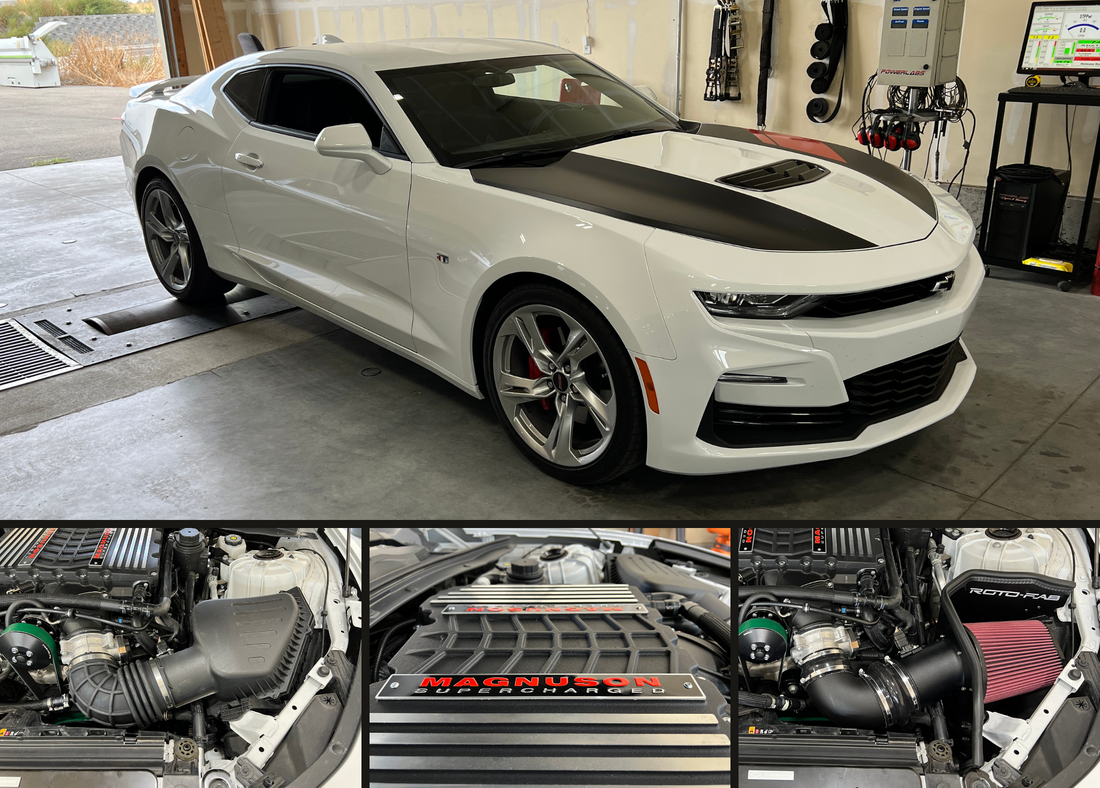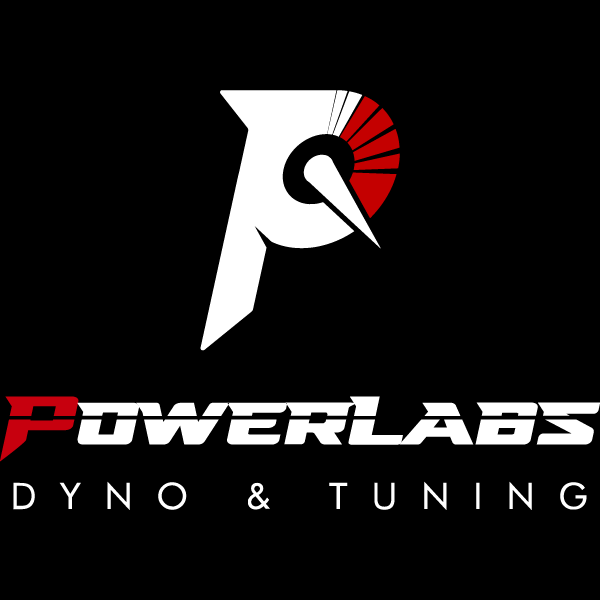
Cold Air Intake Test - Magnuson Supercharged LT1
Share
Test:
Performance differences of the factory GM intake box and piping vs the Roto-Fab Cold Air Intake
Vehicle:
2020 Chevrolet Camaro SS 6.2L LT1 6-spd Manual - Magnuson Supercharged
Preface:
When this Camaro originally came to us, it was bone stock. The customer opted for our 91 octane performance tune, and he was happy with the results. However, it wasn't long after the he began inquiring about supercharger options for the car (good man!). He waited patiently for months (or what really felt like years, I'm sure) to get his hands on the Magnuson TVS2650R Magnum supercharger for the LT1 engine. At the end of August, he dropped the car off at Adrenaline Performance, they worked their magic, and boom! A day and a half later, the Camaro was ready for tuning.
Tune Results
Stock Intake:
After getting everything dialed in, the car made 570 RWHP and 562 RWTQ on the stock intake. Take a look at the dyno graph and boost charts below.

Boost (psi) vs RPM

Roto-Fab Intake:
Now, this is where things get interesting... We switched out the stock intake box for the Roto-Fab cold air intake made specifically for this supercharger kit. These results are from that swap ONLY. No other performance tuning changes were made (besides calibrating the MAF sensor for the Roto-Fab).
On the new intake, the car made 583 RWHP and 572 RWTQ. The boost chart below shows the new boost pressures on the freer flowing intake, as well.

Boost (psi) vs RPM

Overall Results
The stock intake performed well with the Magnuson supercharger setup; there's no complaints there! However, the Roto-Fab proved its worth across just about the entire RPM range, with definitive improvements in the higher airflow/RPM areas.
Power Delivery Comparison

It's clear to see here that the horsepower output utilizing the Roto-Fab really started to take off over the stock intake around the 4,000 RPM point. Reducing the restriction on incoming airflow to the supercharger actually allowed the car to keep pulling strong for about another 150 RPM.
Boost Increase (psi) vs RPM

From 3000 RPM up, the Roto-Fab allowed the Magnuson supercharger to breathe better and pump out more boost. The real significance comes into play in the 5,500+ range, where the supercharger is cranking out almost half a pound of boost more, and at the peak power point (6,600 RPM cell), we see almost a full pound of boost improvement!
Final Thoughts
Is the average Joe likely to notice a 13 HP and 10 TQ difference out of a 570+ HP vehicle on the street? Well, the truth is, maybe not... Is it still a worthwhile upgrade? In my opinion, definitely. If you're going to go through the time and cost of this aftermarket supercharger upgrade, the Roto-Fab is a stupid simple, and (relatively) inexpensive addition to ensure the charger is breathing the best it can. Don't be silly, just send it.
